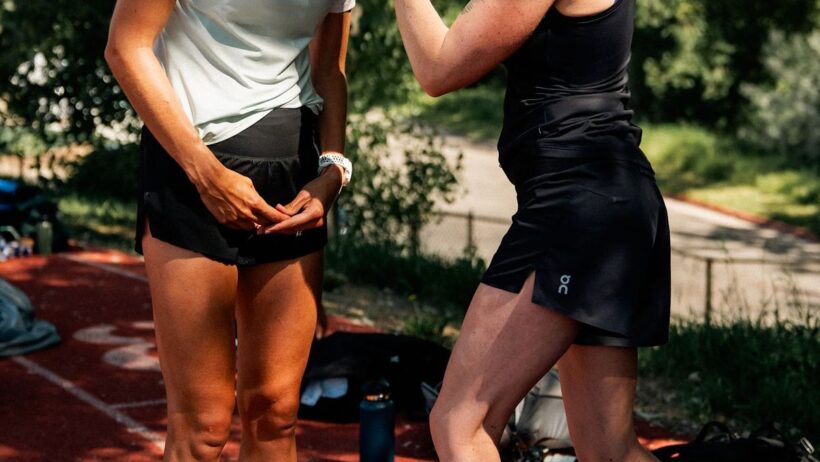It’s an exciting time to be an athlete, because the fitness world is finally waking up to the incredible power of adaptive programming. This isn’t just about making small tweaks; it’s about a complete mindset shift that recognizes the sheer strength, resilience, and unique capabilities of every individual, regardless of their disability or physical difference.
If you’re a coach looking to build truly inclusive programs, an adaptive athlete seeking to optimize your training, or someone simply curious about this powerful movement, you’ve come to the right place. This article is your guide to the principles, philosophy, and practical steps needed to design and execute world-class adaptive athlete programming.
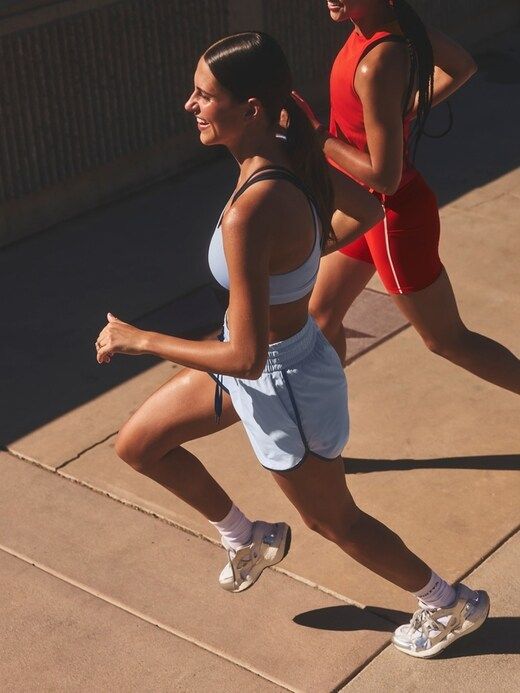
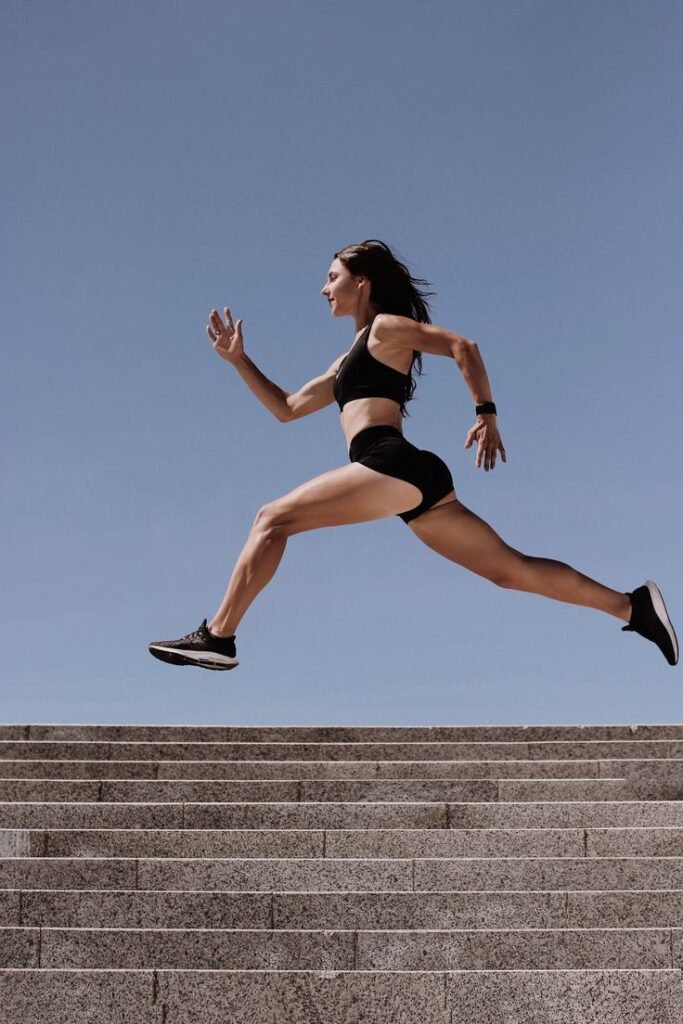
The Philosophy: Beyond Modification to Maximization
Adaptive fitness is often mistakenly viewed as “watered-down” training or simply finding alternatives when an exercise can’t be done. We reject that notion entirely. Adaptive Athlete Programming is about engineering a plan that maximizes an athlete’s inherent strength and leverages their unique biomechanics to achieve peak performance.
The philosophy rests on three core pillars:
1. The Individual is the Program
Every athlete, regardless of their classification (e.g., limb difference, spinal cord injury, neurological condition), presents a unique challenge and a unique solution. Two athletes with the same disability may require drastically different approaches based on residual function, muscle tone, compensatory patterns, and personal goals. The program must be built around their specific body, their specific history, and their specific aspirations.
2. Functional First, Aesthetic Second
While all athletes want to look and feel great, the primary focus of adaptive programming must be functional strength. This means training movements that translate directly to quality of life, independence, and competitive performance. This could mean maximizing the power needed for a wheelchair propulsion, strengthening stabilizing muscles to prevent overuse injuries, or training core balance for better transfers.
3. Empowerment Over Accommodation
The goal is not to baby the athlete or make things easy. The goal is to challenge them appropriately while maintaining safety. By focusing on what the athlete can do, rather than what they can’t, we empower them to redefine their own physical boundaries. Accommodation removes barriers; empowerment builds strength across those barriers.
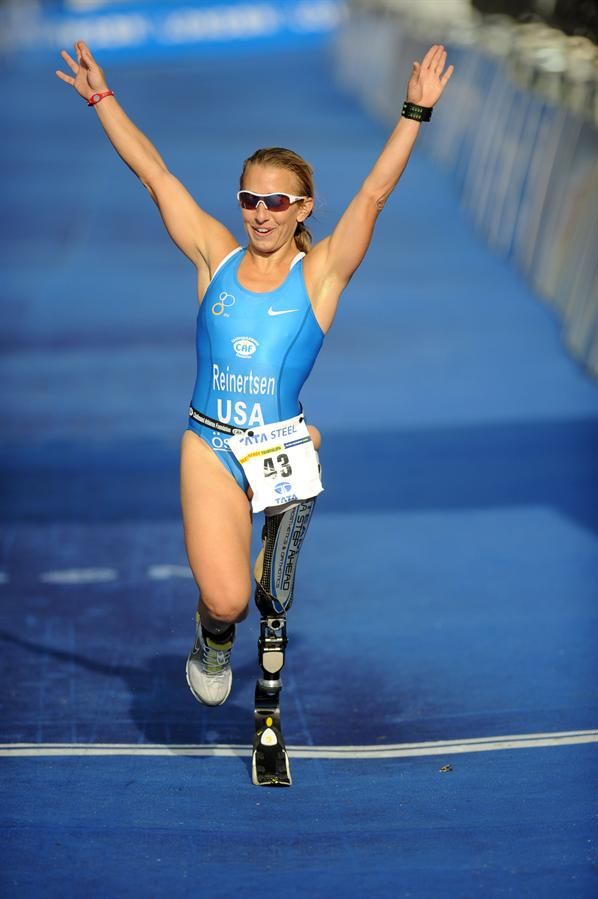
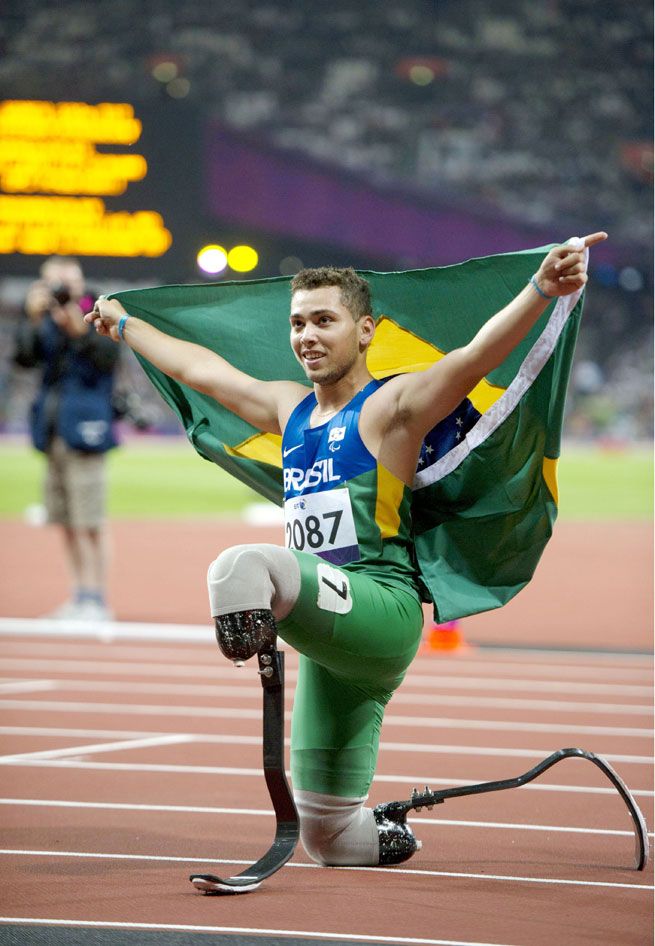
Part 2: The Core Principles of Adaptive Program Design
Designing an effective program requires a systematic approach that integrates standard exercise science with specialized adaptive considerations.
1. Comprehensive Assessment: The Starting Line
Before writing a single set or rep, a deep, multi-faceted assessment is mandatory. This goes far beyond the basic screens used for non-adaptive athletes.
- Medical Clearance and History: Always consult with the athlete’s medical team (physicians, physical therapists, occupational therapists). You need to know:
- What range of motion is medically cleared?
- Are there any contraindications (movements or positions that must be avoided)?
- What are the signs of autonomic dysreflexia or other acute conditions related to their disability?
- Functional Movement Screen (Adapted): Assess residual function, compensatory patterns, and joint stability. For example, check scapular stability and rotator cuff health in a wheelchair user, as they rely heavily on those structures for locomotion and lifting.
- Goal Setting: Align the program with meaningful, specific goals. A competitive goal might be increasing bench press max, while a functional goal might be improving the endurance to propel a wheelchair for an extra mile.
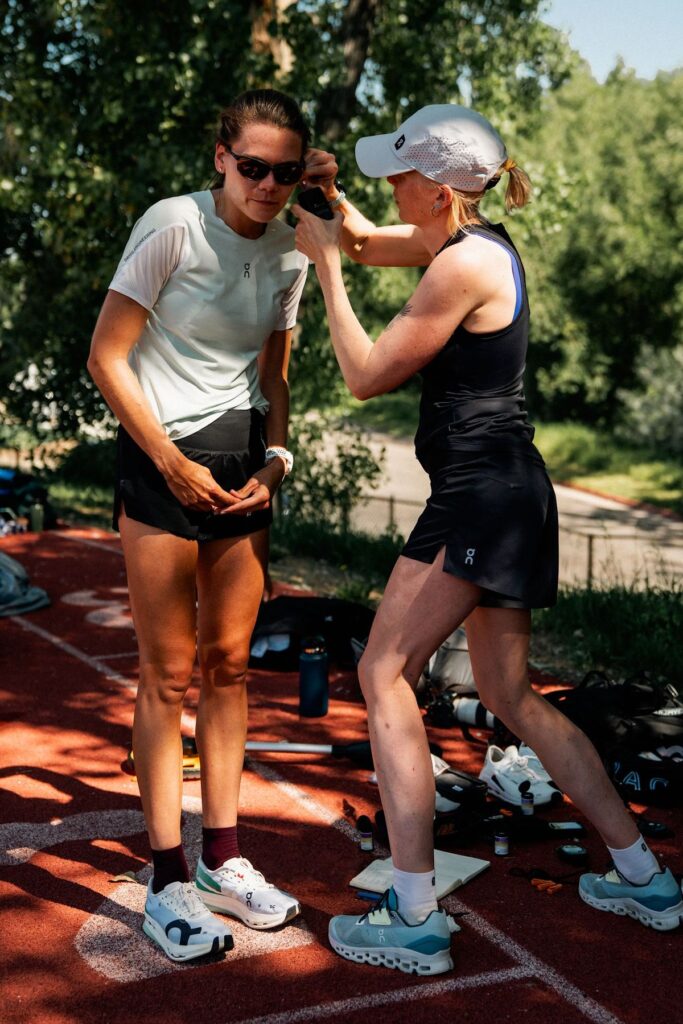
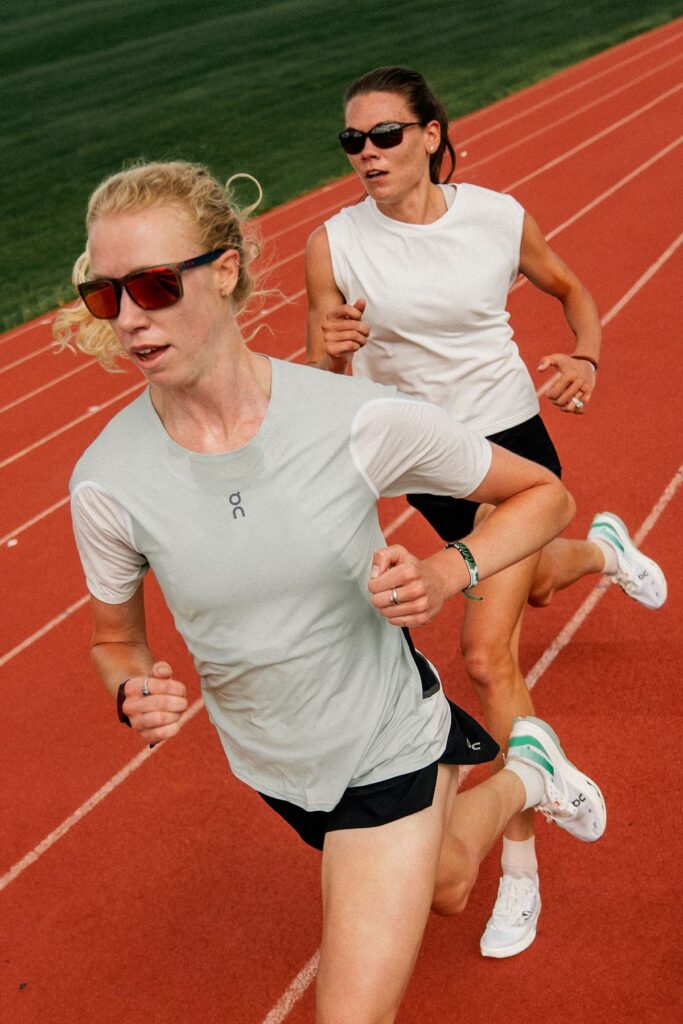
2. The Golden Rule: Specificity of Training (S.A.I.D.)
The S.A.I.D. (Specific Adaptation to Imposed Demands) principle is even more critical in adaptive training.
- If the athlete is a wheelchair racer, the program should focus on high-volume, low-rest muscular endurance in the upper body, mimicking the rhythm and intensity of the race.
- If the athlete uses crutches, training must heavily emphasize single-leg stability, core anti-rotation, and the musculature that stabilizes the shoulder girdle against the crutch.
The stimulus must be tailored exactly to the function or sport being trained.
3. Prioritizing Stability and Antagonist Balance
Many adaptive athletes develop muscular imbalances due to the necessity of their disability. For example, pushing a wheelchair creates massive internal rotation and strength in the anterior shoulder and chest, often neglecting the posterior shoulder and back muscles.
- Antagonist Training: Programs must heavily prioritize the antagonist (opposing) muscle groups. For a wheelchair user, this means dedicating extra work to rows, face pulls, and external rotation exercises to protect the rotator cuffs from overuse injuries.
- Core, Core, Core: The core isn’t just the abs; it’s the entire trunk. Training the core involves movements that resist rotation (anti-rotation), resist flexion (anti-flexion), and resist side-bending (anti-lateral flexion). This is vital for transferring, sitting stability, and power generation.
4. Progressive Overload—With Adaptations
The principle that your training intensity must gradually increase over time remains the bedrock of progress. However, progressive overload in adaptive training looks different:
| Overload Method (Standard) | Overload Method (Adaptive) |
| Increase Weight (Load) | Increase Band Tension (using looped resistance bands) |
| Increase Reps/Sets (Volume) | Increase Range of Motion (if medically cleared) |
| Decrease Rest Time (Density) | Change Lever Arm (e.g., holding a weight further from the joint) |
| Change Exercise (Variety) | Change the Stability Base (e.g., moving from a supported chair to a bench) |
The key is to always have multiple avenues for making the exercise harder, ensuring progress never plateaus.
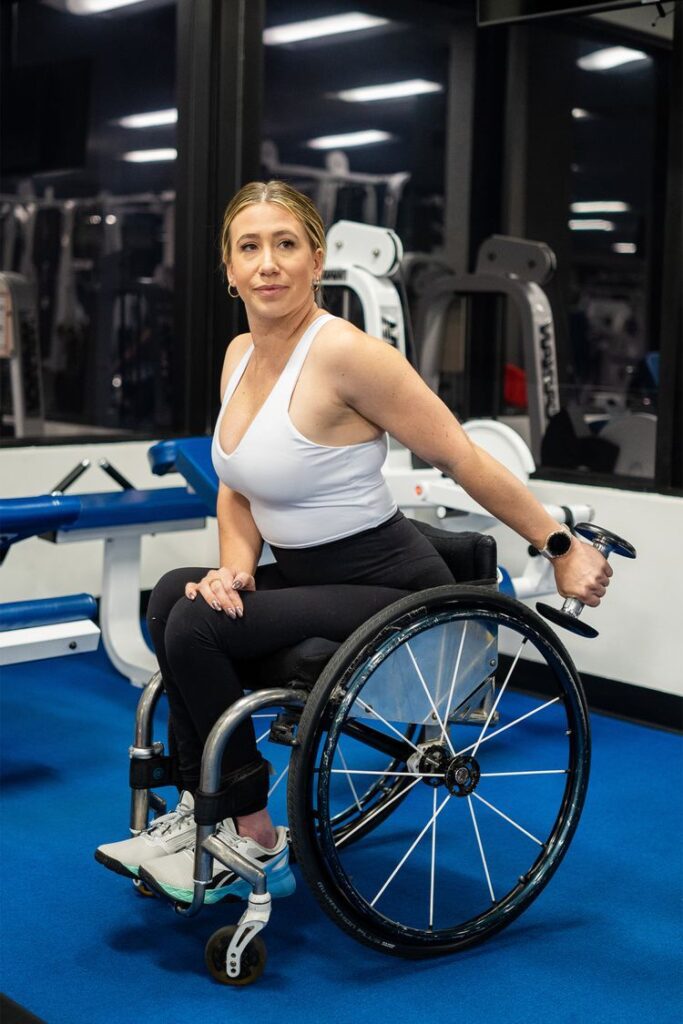
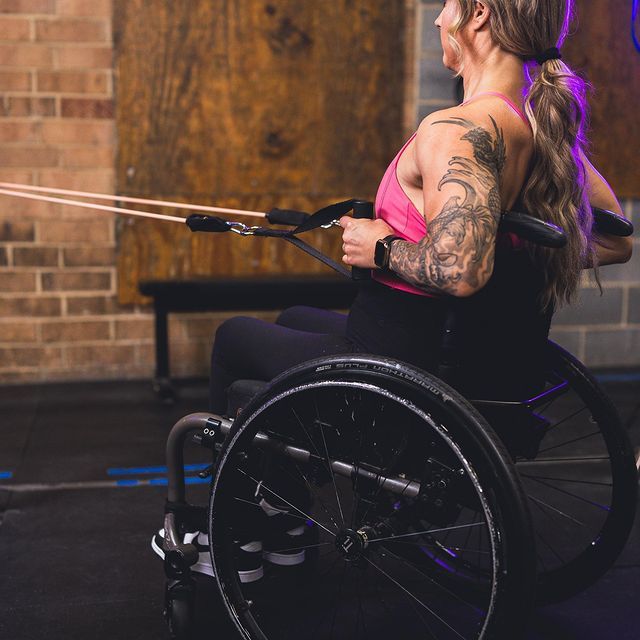
Part 3: Practical Application and In-Session Innovatio
A great program is useless without great execution. Coaches must be masters of innovation and empathy within the training session itself.
1. Creative Use of Adaptive Equipment
You don’t need a gym full of specialized gear, but knowing how to use versatile tools is a game-changer.
- Straps, Grips, and Hooks: For athletes with limited hand function, lifting hooks, straps, and specially designed gripping gloves are essential. They allow the athlete to bypass the limitation of the grip and engage the larger, stronger muscle groups (back, lats, biceps).
- Resistance Bands: They offer variable and accommodating resistance, which is fantastic for neurological conditions where power output might fluctuate. They can be looped around wheelchairs, benches, or even limbs to create resistance where traditional weights fail.
- Cable Machines: These are the unsung heroes of adaptive fitness. The adjustable height and angle of the pulley system allow an athlete to perform presses, pulls, and rotations from any seated or lying position, perfectly mimicking functional movement planes.
2. The Art of Cueing and Communication
Communication must be crystal clear, supportive, and highly sensory-aware.
- Visual Cues: For athletes with cognitive or auditory challenges, use demonstrations and clear visual aids. Show, don’t just tell.
- Tactile Cues: Lightly touching a muscle (e.g., the tricep or a shoulder blade) as the athlete is about to perform a movement can help activate that muscle and improve mind-muscle connection, especially for athletes with nerve damage or reduced sensation.
- Empathy and Patience: Recognizing that some disabilities result in involuntary movements, spasticity, or reduced control is vital. Never rush an athlete or express frustration. The effort is what matters most.
3. Injury Prevention as Program Centerpiece
Adaptive athletes are often at a higher risk of overuse injuries because they rely on a smaller set of functioning joints and muscles for all daily activities and training.
- Rotator Cuff Health: For manual wheelchair users, prioritize exercises that strengthen the four muscles of the rotator cuff (e.g., internal and external rotations with bands or light cables).
- Stretching and Flexibility: Spasticity (involuntary muscle tightening) or limited mobility requires diligent stretching and mobilization—often with assistance. Dedicate specific, consistent time for this in every session.
- Rest and Recovery: Training is intensely stressful on the body. Ensure the program mandates adequate recovery, including sleep, nutrition, and, when possible, massage or foam rolling (with proper support).
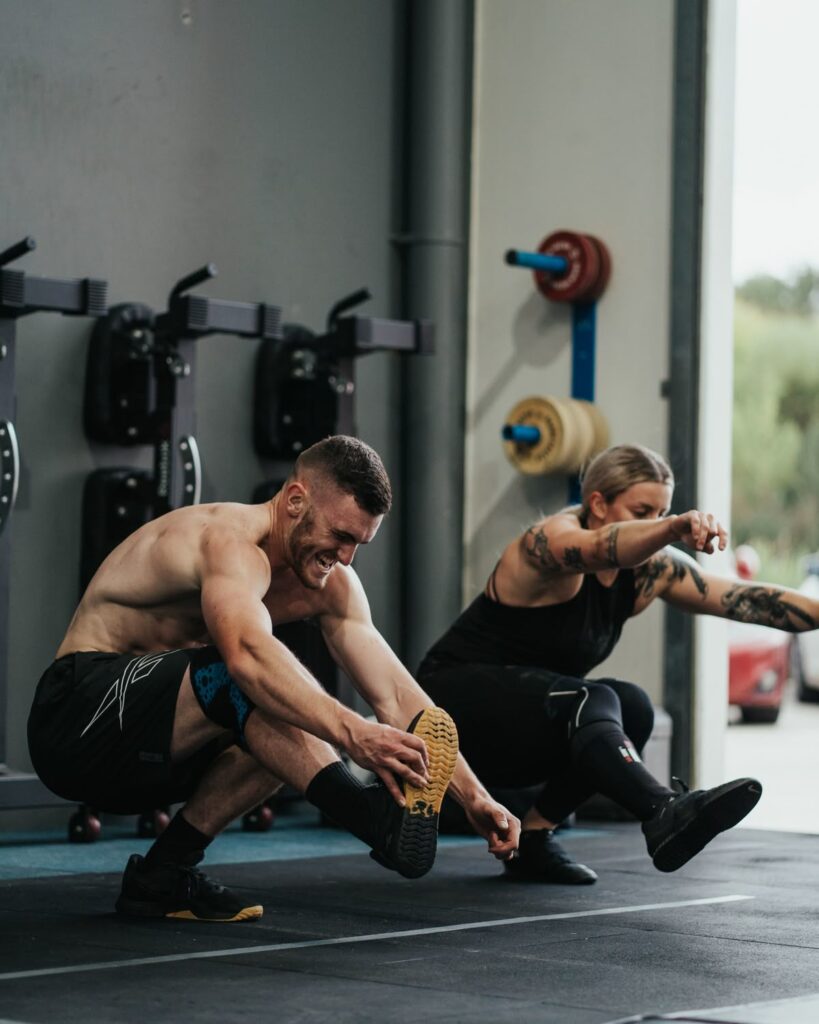
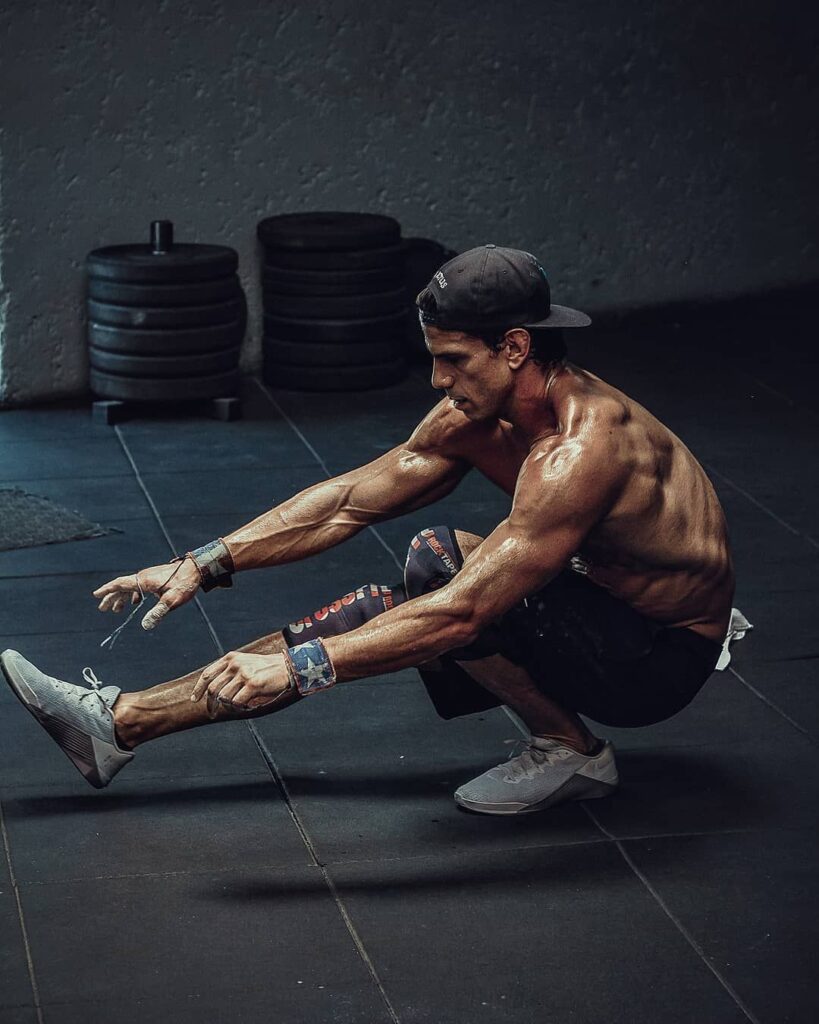
Conclusion: Fitness is for Every Body
Adaptive Athlete Programming is not a niche—it’s the future of fitness. It’s a powerful movement built on the simple, undeniable truth that the human desire to move, achieve, and compete is universal.
Whether you’re celebrating a Paralympic gold medal or a personal best of simply getting out of bed and completing a home workout, the principles of adaptive programming ensure that the process is safe, empowering, and maximally effective. By leading with empathy, innovation, and an unwavering commitment to the individual, we can continue to unlock the extraordinary potential that exists in every single body.
The gym floor, the track, the pool—they belong to everyone. And with smart, dedicated adaptive programming, every body can perform at its peak.
